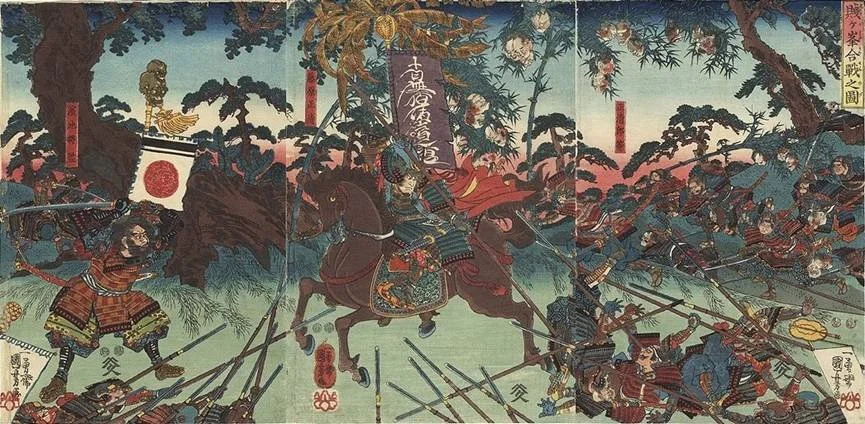
Background & Context
During the late fifteenth century, provincial power grew and central power waned. A long civil war and several uprisings weakened the central Ashikaga Shogunate to the point of collapse. They could no longer enforce their orders, and leaders across Japan fought their neighbors for land and influence, separating the country into small domains. Yet violence was not chaos. Warlords established laws and governed. Trade flourished, castles were built, and art and poetry spread across the country.
Contrary to popular belief, the Imperial Court in the capital extended its influence amid the violence. The collapse of the Ashikaga shogunate weakened the court as well, but both kept a moral authority over violence. Warriors asked the Shogunate and the Court to approve their violence, requesting and treasuring official documents that let them attack on behalf of a greater power, instead of as selfish private lords. As the sixteenth century wore on, courtiers did still more: mediating peace, giving out court ranks, carrying military communiques, and more. Our timeline shows the increase in Court orders sent directly to the warlords who wanted them, bypassing the Shogunate, and our map shows how broad an area these orders covered. Eventually, over a hundred years after the violence and splintering began, Oda Nobunaga used his own close ties to the Imperial Court to legitimize his armies' many conquests and began to (re-)unify Japan and stamp out any violence not his own.

